MDF or Pine crown moulding (4 1/4" charleston)?
janesylvia
11 years ago
Featured Answer
Sort by:Oldest
Comments (9)
millworkman
11 years agoRelated Professionals
Bethpage Kitchen & Bathroom Designers · Piedmont Kitchen & Bathroom Designers · Clovis Kitchen & Bathroom Remodelers · Elk Grove Village Kitchen & Bathroom Remodelers · Gilbert Kitchen & Bathroom Remodelers · Panama City Kitchen & Bathroom Remodelers · Ashwaubenon Interior Designers & Decorators · Barstow Interior Designers & Decorators · Hainesport General Contractors · Foothill Ranch General Contractors · Longview General Contractors · New River General Contractors · Newington General Contractors · Rosemead General Contractors · Troy General Contractorsbrickeyee
11 years agojanesylvia
11 years agoUser
11 years agojanesylvia
11 years agoUser
11 years agojanesylvia
11 years agomillworkman
11 years ago
Related Stories
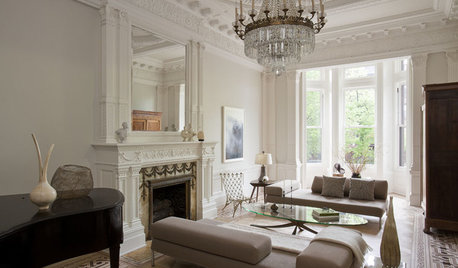
REMODELING GUIDESCrown Molding: Is It Right for Your Home?
See how to find the right trim for the height of your ceilings and style of your room
Full Story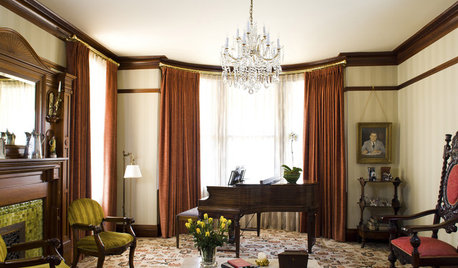
GREAT HOME PROJECTSHow to Bring Out Your Home’s Character With Trim
New project for a new year: Add moldings and baseboards to enhance architectural style and create visual interest
Full Story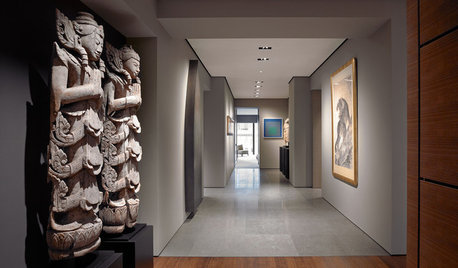
DESIGN DETAILSDesign Workshop: The Modern Wall Base, 4 Ways
Do you really need baseboards? Contemporary design provides minimalist alternatives to the common intersection of floor and wall
Full Story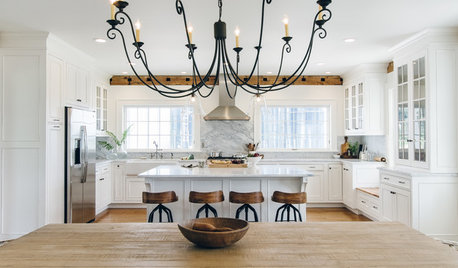
WHITE KITCHENS4 Dreamy White-and-Wood Kitchens to Learn From
White too bright in your kitchen? Introduce wood beams, countertops, furniture and more
Full Story
PAINTINGKnotty to Nice: Painted Wood Paneling Lightens a Room's Look
Children ran from the scary dark walls in this spare room, but white paint and new flooring put fears and style travesties to rest
Full Story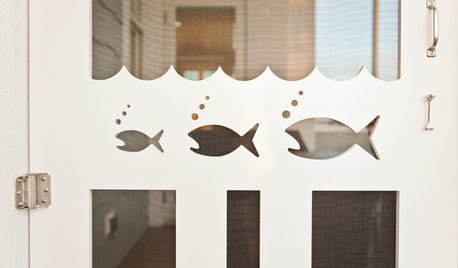
TRIMShutter Cutouts: A Window to One's Soul?
To settle on the perfect shape for this simple detail, follow your heart — or diamond, or maple leaf
Full Story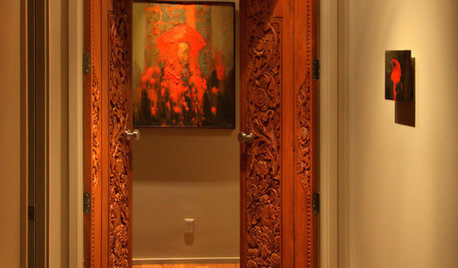
REMODELING GUIDESHouzz Planning: How to Choose an Interior Door
Follow these pointers to choose the interior door that's right for you and your home
Full Story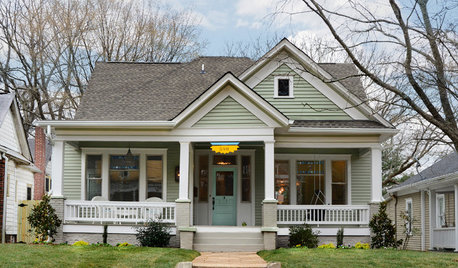
HOUZZ TOURSHouzz Tour: Lovingly Resurrecting a Historic Queen Anne
Dedication and a keen eye turn a neglected eyesore into the jewel of its Atlanta neighborhood
Full Story
EDIBLE GARDENSSummer Crop: How to Grow Blueberries
Plant blueberries in spring or fall for garden beauty through three seasons — and a sweet superfood in summer
Full Story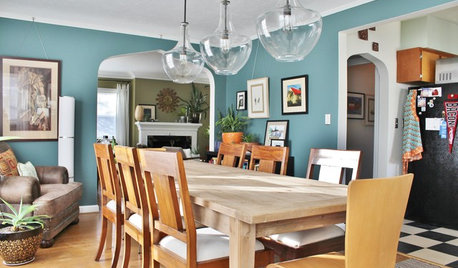
RANCH HOMESMy Houzz: Paint and Pluck Revamp a Portland Ranch
A 1930s fixer-upper becomes a cheery and personal home at the hands of an industrious homeowner
Full Story





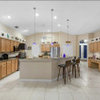
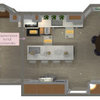
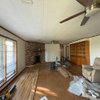
MongoCT